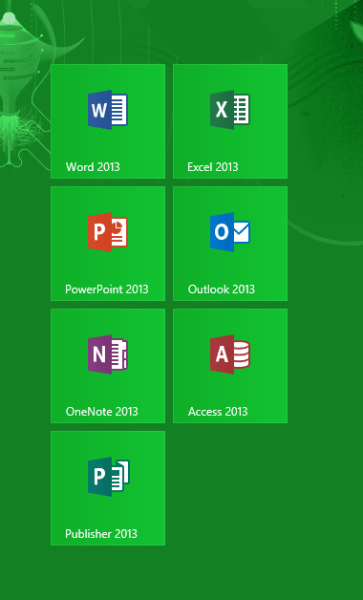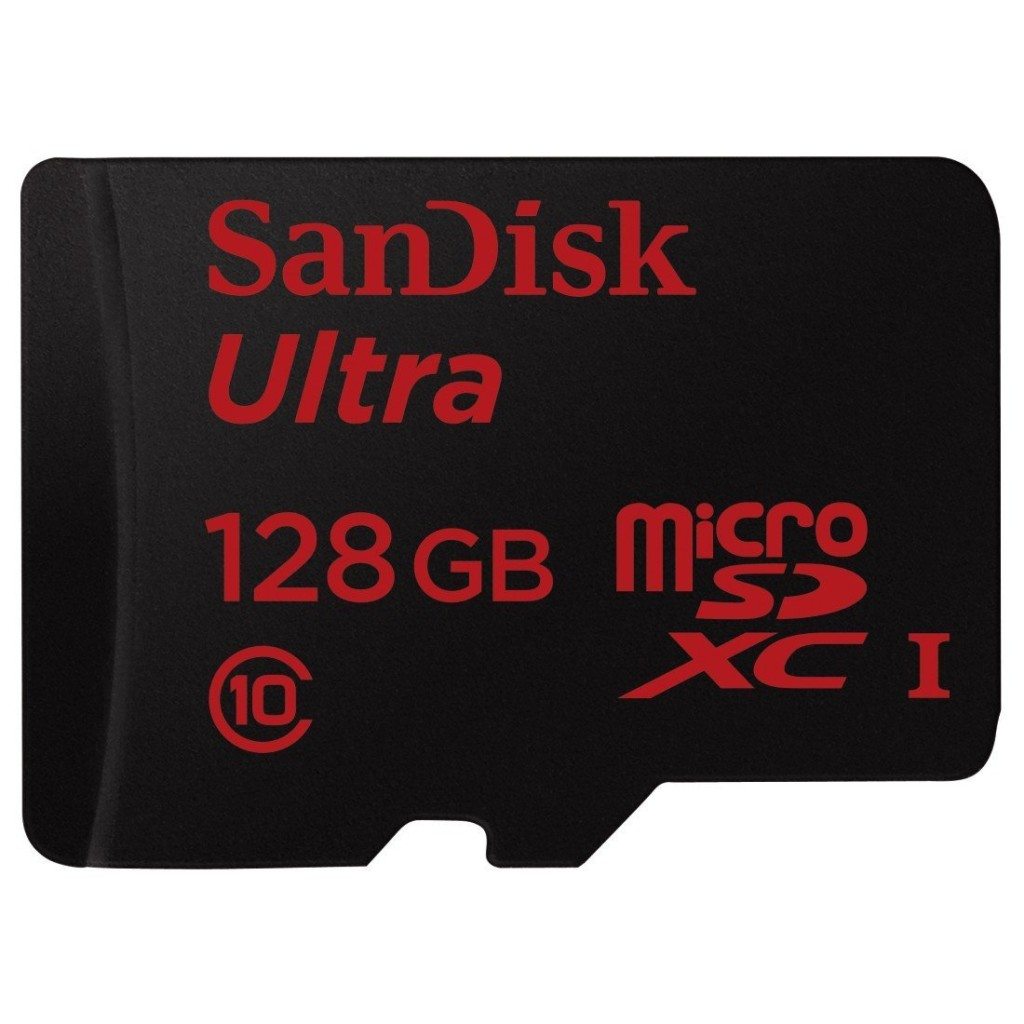30 Days with Surface Pro: Day 11
Day 11 of the 30 Days with Surface Pro journey focuses on using Microsoft Office on the tablet.
One of the best things about using a Windows tablet–as opposed to an iPad, Kindle Fire, or any other tablet–is that it has Microsoft Office. A Surface RT has Office, but it only has the equivalent of Office 2013 Home & Student, and they’re developed specifically for the Windows RT platform. Although the Office RT apps are better than compatible knock-off productivity apps on other devices–especially for businesses or individuals that rely on Microsoft Office–they’re still not quite as good as the “real thing”.
On A Surface Pro, though, I can run the full Office 2013 Pro–which includes Outlook (among other things). However, my results using Office 2013 are a bit mixed, depending on the scenario.
Desktop PC Mode
When using the Surface Pro as a desktop PC, Office 2013 Pro works great. Just as I’d expect on any desktop PC. To be clear, I’m talking about using the Surface Pro as I have it configured at my desk–with an external mouse and keyboard so it is effectively no different than any other Intel Core i5 computer running Windows.
The desktop mode of Windows 8 is something different, but it also comes into play because Office 2013 is traditional Windows software that does not run in the Windows 8 Modern / Metro interface. When I installed Office 2013 Pro, it placed tiles on the Windows 8 Start screen for the different applications–Word, Excel, Outlook, PowerPoint, etc.–but when I click on any of those tiles to open the program, it opens up in desktop mode.
When sitting at my desk using the Surface Pro as a desktop PC, the fact that Office 2013 functions in desktop mode is a huge benefit. Maybe it’s just because I’m more used to Windows 7, and maybe someday I won’t feel this way, but I’m much more agile at switching around between applications in desktop mode, and I love having Aero Snap available so I can snap windows to either side of the display to get things done.
Surface Pro Tablet Mode
Using the Surface Pro as a tablet isn’t as great. The smaller display obviously gives me much less real estate to work with, and makes using Aero Snap much less practical, but I can live with that. My challenge was navigating software that isn’t really designed for touch, using my finger on a touchscreen display.
The Surface Pro does have two solutions for this issue. One is the fact that the tablet is bundled–almost by default–with a Touch or Type cover which includes a touchpad. So, even on the go I can still use the Surface Pro more like an ultrabook than a tablet, and navigate with the touchpad. The Type keyboard isn’t always convenient, though. The kickstand on the Surface Pro is great for propping the tablet up on an actual desk or other work surface, but the angle isn’t awesome when trying to use the Surface Pro in your lap while sitting in the bleachers at your daughter’s gymnastics practice…hypothetically speaking.
The other solution is the digitizer pen. I’m not a fan. I don’t like it on the Samsung Series 7 Slate. I don’t like it on the Samsung Galaxy Note. I think the stylus is a terrible idea. The Surface Pro pen attaches magnetically to the power port, which seems cool at first, but it kept getting in my way as I’d hold the tablet in different orientations. I also had some issues with the accuracy of pointing with it, but I assume that’s a learning curve thing that I could work out if I just spent 15 minutes getting used to the pen.
Neither of those really fits with using the Surface Pro as a tablet in my opinion. I’m talking about just using the Surface Pro with no other attachments or peripherals. Microsoft has designed Office 2013 to be more touch friendly. When I click on a tab with the mouse, it opens a ribbon with tiny writing and tiny buttons–designed to be clicked with a precision device, like a mouse. But, if I tap the tab using my finger, the ribbon that opens up has bigger buttons with more space around them so my fat fingers can tap them easier.
OneNote 2013 vs. OneNote MX
Microsoft has developed a version of one of the Microsoft Office apps designed to work specifically in the Windows 8 Modern / Metro interface: OneNote MX. OneNote 2013 works fine on the Surface Pro, or on Windows 8 in general, but OneNote MX is much better. It’s obvious that OneNote MX is designed for a touch interface, and the radial menu in OneNote MX is pure genius.
I appreciate having access to the full Office 2013 Pro whether I’m sitting at my desk or working from the tablet on the go. But, OneNote MX is a better experience than OneNote 2013, so I’d really love it if Microsoft would create an MX version for the rest of the Office apps. Microsoft Office MX would be an awesome productivity suite for Windows 8.
Day 10: Multitasking on the Surface Pro
Day 12: Getting to know the Charms bar
- AI Voice Clones and Mobile Phishing: The Cyber Threats You’re Not Ready For - July 11, 2025
- Rethinking Cloud Security for the Evolving Threat Landscape - July 11, 2025
- Why Data Security Is the Real AI Risk - June 30, 2025




The stylus is the only reason I’m considering switching from my laptop to the Surface tablet. I do almost everything now on my Samsung Note 3 but I find it difficult to read large articles or correct papers on such a small screen.
I love the stylus for marking corrections on papers, making notes in the margins of articles I’m reading (usually do this in onenote) or highlighting passages. I use the stylus to draw arrows or otherwise highlight pictures of text from newspapers articles I’m forwarding via facebook or email.
Interesting. It’s not my primary device, but I have a Galaxy Note 4. The stylus has some very interesting and practical uses on that device, just as the Surface Pen stylus does on the Surface Pro 3. Admittedly, I haven’t fully gotten on board with the stylus on either device, but I am going to try to use the Surface Pen more with the Surface Pro 3 because I think it will enhance the experience once I get the hang of it.
I’m really enjoying your 30 days review of the Surface Pro 3 as my prelude to acquiring one. This latest post reviews the use of Office 2013 on it; I still have one install left of a 3 device license of Office 2010 that I was hoping to use once I manage to get a Pro 3. I’m hoping it will still be navigable on the Pro 3.
You should be fine with Office 2010. It doesn’t have some of the touch-friendly elements of Office 2013, but desktop software still works just fine. It’s probably more a function of how you choose to interact–traditional keyboard and mouse, or Surface Pro Type keyboard cover, or just using the touchscreen itself. On a related note, Microsoft just released the preview versions of Word, Excel, and PowerPoint for Windows 10 in the Windows Store and those are free, so you can still have / use touch-centric versions of the primary Office tools as well.
We’ll have to see if they remain free beyond the “preview” versions through the free Windows 10 upgrade period when the final version comes out. I should have the resources to get the Pro 3 by then.
Hi, I realise that this is an old discussion, but I’ve been struggling to get conclusive information regarding Excel on the Surface Pro. I need Excel to run Macros which the RT version and version for Android, iOS and 365 do not.
Are you able to confirm if the Surface Pro can indeed run a fully functional Macro based spreadsheet and word documents.
Yes. A Surface Pro can run the full Excel with all of its features and capabilities. The Surface Pro — including the Surface Pro, Surface Pro 2, Surface Pro 3 and Surface Pro 4 — is a full Windows PC. It is identical in function to any desktop or laptop you can buy from Dell, HP, Lenovo, etc.